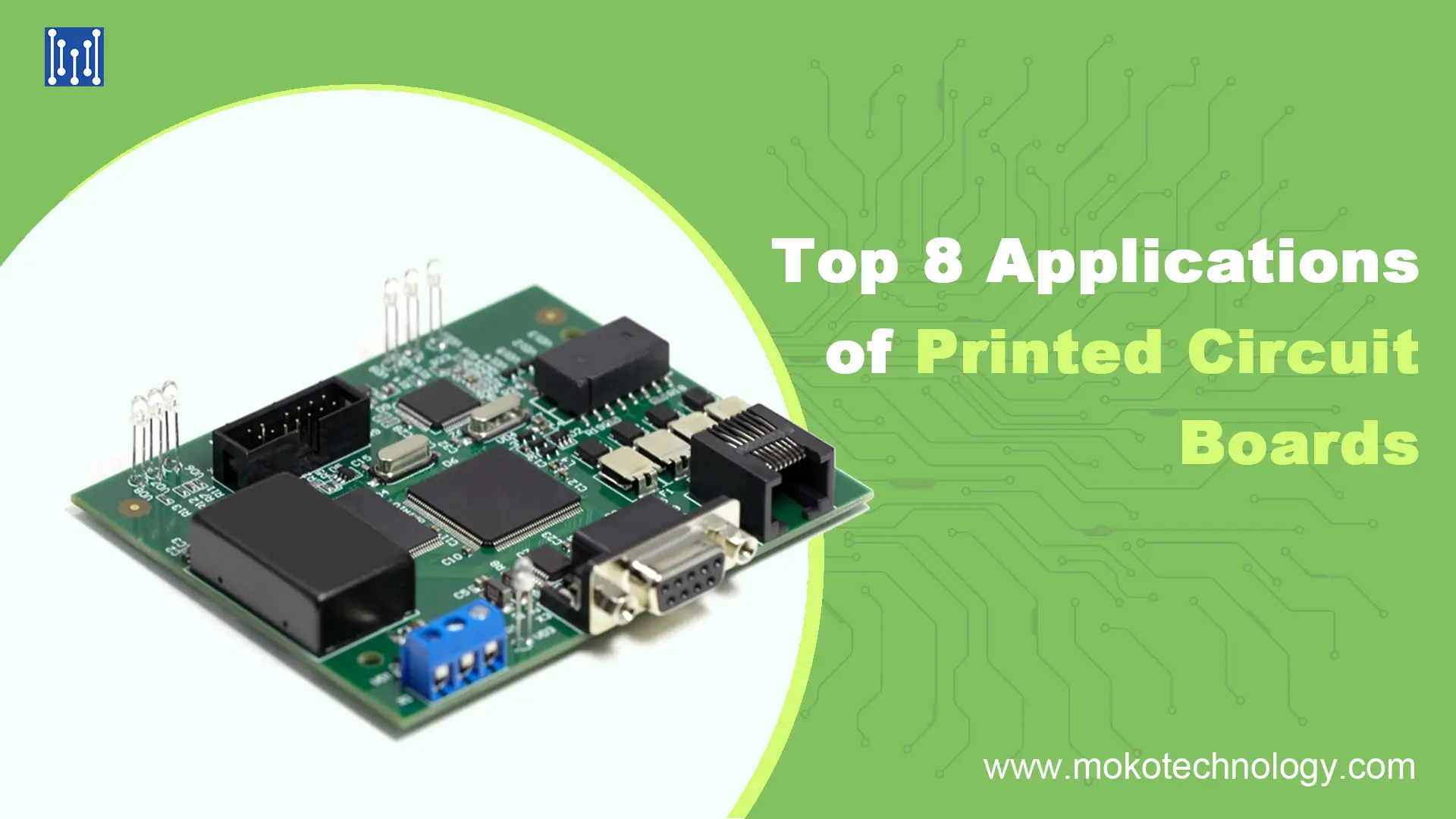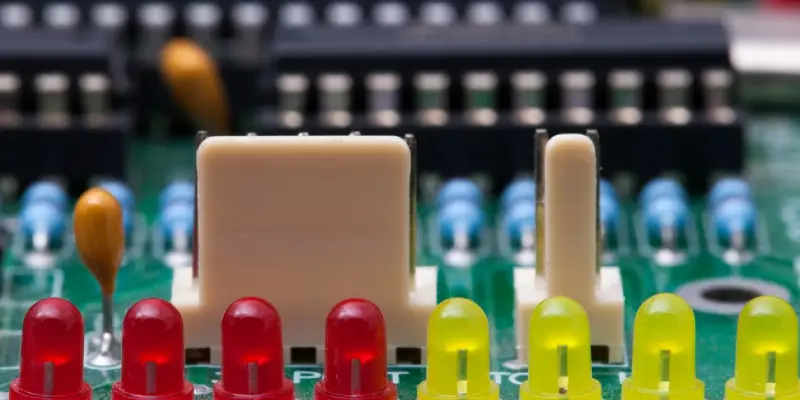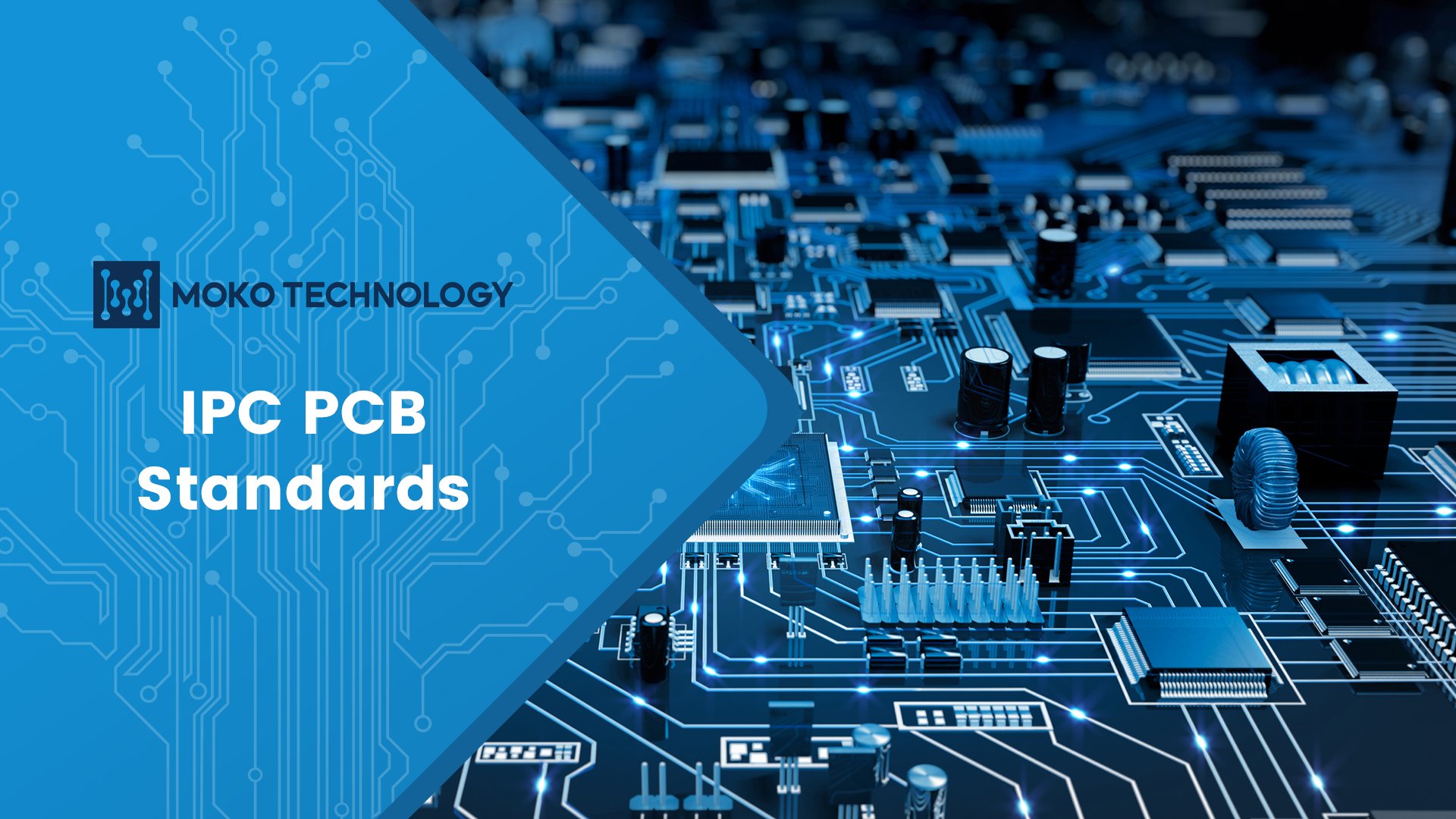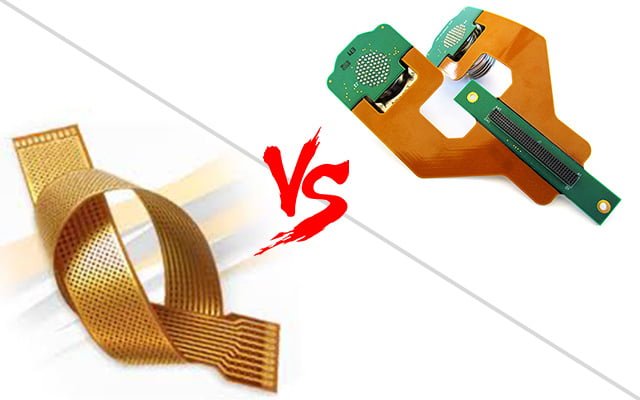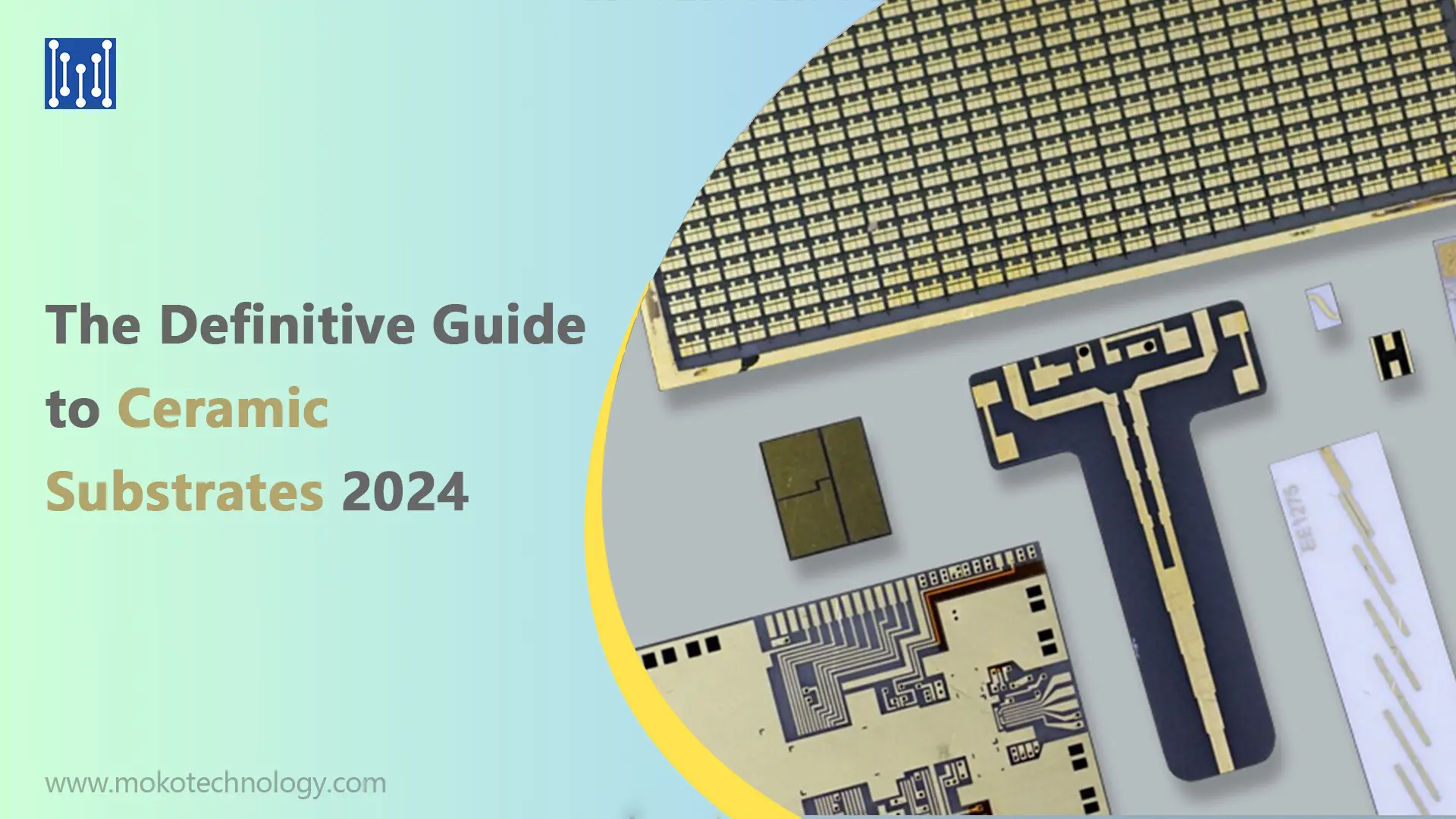Printed circuit boards – or PCBs for short – are pretty much essential to the way we live our modern lives. Chances are you’ve relied on PCBs many times today without even realizing it! From your smartphone to your car to medical devices and beyond, PCBs provide the underlying foundation that makes our electronics function. But what are the most common applications of printed circuit boards? In this post, I will list the top 8 PCB applications. Let’s read on.
Consumer Electronics
One of the most visible applications of printed circuit boards is in consumer electronics. Smartphones, tablets, laptops, TVs, gaming systems, and more all contain one or more circuit boards. PCBs in consumer electronics come in many shapes and sizes depending on the specific device. For example, smartphones pack a lot of complexity into a very compact PCB, while smart TVs may use a larger board or multiple boards to control the various features and connectivity. The integrated circuits and other components mount directly onto the PCB inside these electronic products.
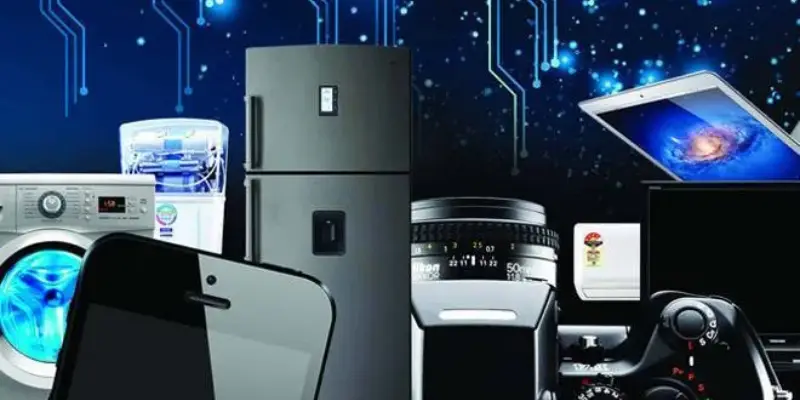
Industrial Electronics
Industrial equipment relies heavily on printed circuit boards. PCBs make automation possible by allowing machines to self-regulate variables like pressure and temperature. As factories continue adopting automation, durable PCBs will be crucial for driving efficiency and minimizing human mistakes. Different manufacturing contexts demand specialized PCBs that can withstand intense vibration, extreme temperatures, high voltages, and exposure to harsh chemicals. Boards made with thermal resistant materials, through-hole technology, rigid-flex designs, and thick copper may be required for reliability in harsh industrial settings.
Automotive Electronics
Cars, trucks, and other vehicles also make extensive use of printed circuit boards. The complex electronics in automobiles work together to provide engine control, infotainment, driver assistance features, and more. PCBs support automotive applications like:
- Engine control modules
- Transmission controllers
- ABS braking systems
- Radar and vision for advanced driver aids
- In-dash information and entertainment
- Heads-up displays
- Backup cameras
Reliability is especially critical for automotive PCBs, as any failures could affect the safe or efficient operation of a vehicle. Robust boards and components must withstand vibration, shock, and temperature extremes present in the automotive environment.
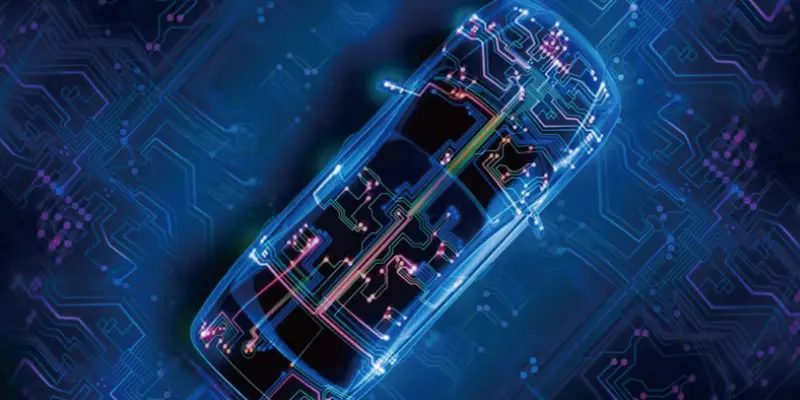
Medical Devices
Printed circuit boards also enable the functionality of medical devices used for patient diagnosis and care. PCBs are found in systems like:
- Patient monitors
- MRI and CT scanners
- Blood analyzers
- Infusion pumps
- Ventilators
- Hearing aids
- Fitness trackers
Medical devices often impose strict requirements such as fail-safe operation, low noise, and resistance to interference. PCBs in medical gear must also meet regulatory standards such as ISO13485 for safety and effectiveness.
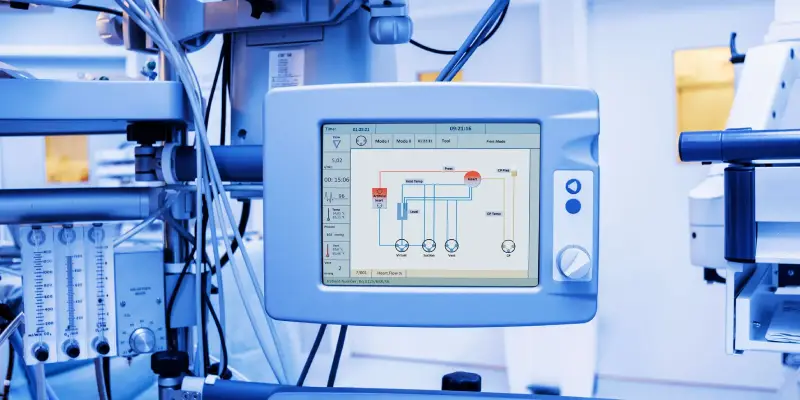
LED Lighting and Displays
Printed circuit boards play an important role in LED lighting solutions and electronic displays. Unlike traditional bulbs, LEDs are sensitive to heat buildup which can degrade their performance over time. And circuit boards are used to transfer heat away from the bulb to lengthen the lifetime of LED.
Some common applications for LED PCBs include:
- Smart LED bulbs and fixtures for homes and buildings
- Street lights and urban lighting systems
- Automotive lighting inside and outside vehicles
- Signage and billboards
- Large video displays like LED walls and scoreboards
- TVs and device displays using LED backlighting

IoT and Wearable Devices
The growth of the Internet of Things (IoT) and wearable technology has opened up many new applications for printed circuit boards. PCB boards used in IoT devices are integrated microcontrollers, wireless chips, sensors, and other components into small packages. PCB miniaturization enables the tiny form factors of many wearables and compact IoT devices. At the same time, the boards still need to demonstrate robust connectivity and reliable performance, even in these small packages.
Infrastructure and Utilities
Behind the scenes, PCBs also play an integral role in infrastructure like telecom networks, the electrical grid, transportation systems, and utilities. For example, circuit boards are essential components of:
- Cell towers and telecom equipment
- Power transmission and distribution systems
- Traffic control and roadway sensors
- Alarm and security installations
- Smart meters and building controls
Ruggedness and real-time responsiveness are often vital PCB requirements in infrastructure applications. The boards must also have strong resistance to electrical noise and interference.
Aerospace and Defense
Aerospace electronics demand ultra-reliable printed circuit boards that can withstand extreme conditions. Like automotive PCBs, aviation boards must handle vibration, temperature swings, and shocks. But the aerospace setting also introduces intense radiation and rapid decompression. Common aerospace applications for robust PCBs include:
Power supplies to energize vital aircraft, tower, and satellite equipment
Sensor boards in monitoring devices like accelerometers and pressure gauges used by pilots
Communication systems PCBs enabling air traffic control coordination for safe flights
Conclusion
It’s clear that printed circuit boards now play a crucial role across many fields. Without PCBs to mount and connect various electronic components, products like phones, computers, cars, medical equipment and more simply wouldn’t function.
Looking ahead, it seems PCBs will only become more ubiquitous as trends like wearables and the Internet of Things take off. Their small footprint and versatility make PCBs a perfect fit for integrating electronics into everyday objects and connecting them online. I think ongoing advances in PCB capabilities will pave the way for emerging innovations that could dramatically alter how we live and work.
